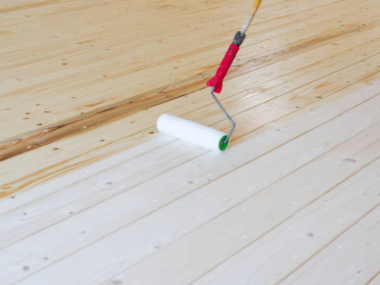Thyme is a perennial herb that is part of the mint family. It is native to the Mediterranean region and has been used for centuries in cooking and as a medicinal herb. Thyme is a low-growing plant that forms a mound of tiny, aromatic leaves. The leaves can be used fresh or dried, and the plant can be grown in full sun or partial shade.
How to Plant Thyme
Thyme can be grown from seed, cuttings, or divisions. If you are starting with seed, sow the seeds in a sunny spot in well-drained soil. Keep the soil moist but not wet, and thin the seedlings to 8-10 inches apart when they are big enough to handle.
If you are starting with cuttings, take 4-6 inch cuttings from new growth in the spring or early summer. Dip the cuttings in rooting hormone and plant them in a pot filled with well-drained soil. Keep the soil moist but not wet, and place the pot in a warm, sunny spot. The cuttings should root within 4-6 weeks.
To divide thyme, dig up the plant in the spring or fall and carefully pull it apart into smaller sections. Replant the sections in well-drained soil, and water them well.
How to Revive Thyme Plant
If your thyme plant becomes woody and overgrown, you can revive it by trimming it back in late winter or early spring. Cut the plant back by half, and remove any dead or dying stems. Thyme is a fast-growing plant, so it should quickly bounce back from this type of pruning.
How to Care for Thyme
Water thyme plants regularly, especially during dry spells. Thyme does not like to sit in wet soil, so be sure to plant it in a well-drained spot. Apply a layer of mulch around the plant to help keep the soil moist. Fertilize thyme plants once or twice a year with a balanced fertilizer.
Thyme is a relatively low-maintenance plant, but it can be susceptible to powdery mildew and other fungal diseases. These diseases are more likely to occur in humid climates or if the plants are grown in too much shade. If your thyme plants become infected, remove any affected leaves and treat the plants with a fungicide.
How to Harvest Thyme
You can begin harvesting thyme leaves as soon as the plant is big enough to yield a reasonable amount. Simply snip off the leaves as you need them. To dry thyme, tie a bunch of stems together and hang them upside down in a dark, dry place. Once the leaves are dry, strip them from the stems and store them in an airtight container.
If you want to harvest a large amount of thyme at once, cut back the entire plant by half in early summer. This will encourage new growth and make the plant bushier. You can then dry or freeze the leaves for later use.
3 Types of Thyme Plants and How to Use Them
There are many different types of thyme plants, and they can be used in a variety of ways.
- Common Thyme (Thymus vulgaris): Common thyme is the most popular type of thyme, and it is often used in cooking. The leaves have a strong flavor that goes well with meats, vegetables, and soups.
- Lemon Thyme (Thymus x citriodorus): Lemon thyme has a milder flavor than common thyme, and it is often used in salads and as a garnish. The leaves can also be used to make tea.
- Caraway Thyme (Thymus herba-barona): Caraway thyme is less common than other types of thyme, but it has a bolder flavor. It is often used in pickling recipes and to make caraway seed bread.
Now that you know how to care for thyme, you can start growing this versatile herb in your garden. Thyme is a great plant for beginner gardeners, and it can be used in many different ways. So get out there and start growing!








